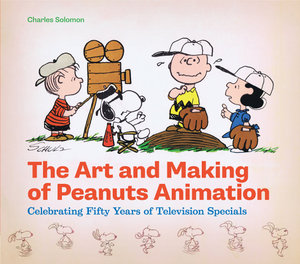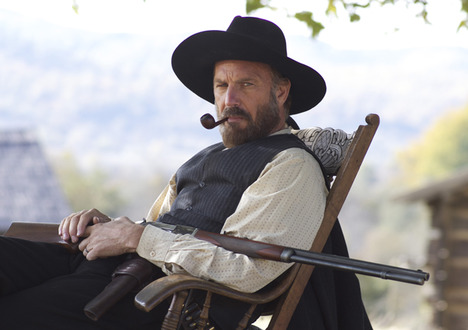![]() “Shown in 1960, the eight engineers who founded Fairchild Semiconductor and revolutionized world technology in “Silicon Valley,” an “American Experience” documentary, . . . .” Source of caption and photo: online version of the NYT review quoted and cited below.
“Shown in 1960, the eight engineers who founded Fairchild Semiconductor and revolutionized world technology in “Silicon Valley,” an “American Experience” documentary, . . . .” Source of caption and photo: online version of the NYT review quoted and cited below.
(p. C4) “Silicon Valley” is a deceptively grand title for the new “American Experience” documentary Tuesday night on PBS. “Fairchild Semiconductor” would be more accurate.
. . .
One startling image shows a handwritten list of the many corporations that declined to bankroll the eight pioneers before Fairchild Camera and Instrument said yes. If any of them had possessed more foresight, the silicon chip might have belonged to National Cash Register, Motorola, Philco, BorgWarner, Chrysler, General Mills or United Shoe.
For the full review, see:
MIKE HALE. “Men Who Took Silicon to Silicon Valley.” The New York Times (Tues., February 5, 2013): C4.
(Note: ellipses in caption, and in quoted passage, added.)
(Note: the online version of the review has the date February 4, 2013.)
The “Silicon Valley” program first aired on PBS on 2/5/13 and can be viewed at:
http://video.pbs.org/video/2332168287




